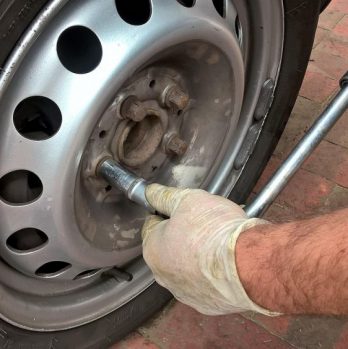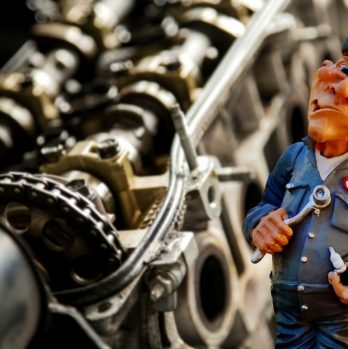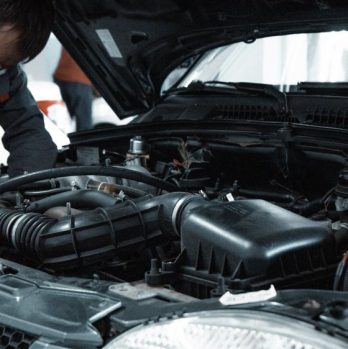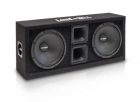American Classic Cars: Preserving the Legacy of American Automobiles

Introduction:
American classic cars hold a special place in the hearts of car enthusiasts worldwide. These timeless vehicles epitomize an era of automotive excellence, craftsmanship, and design that continues to captivate generations. In this comprehensive article, we provide an in-depth overview of American classic cars, exploring their origins, types, popularity, quantitative measurements, differentiation, historical significance, and the crucial factors that shape enthusiasts’ purchasing decisions.
I. Overview of American Classic Cars:

American classic cars refer to vintage automobiles manufactured in the United States between the early 1920s and the late 1970s. These vehicles encompass various iconic brands, such as Ford, Chevrolet, Cadillac, Chrysler, and many more. With their distinct body styles, powerful engines, and unique features, American classic cars transcend time, symbolizing the epitome of automotive excellence.
II. Presentation of American Classic Cars:
a. Types of American Classic Cars:
– Muscle Cars: Known for their high-performance engines and aggressive styling, muscle cars like the Chevrolet Camaro and Pontiac GTO dominated the American automotive scene in the 1960s and early 1970s.
– Luxury Cars: Brands like Cadillac and Lincoln produced luxury classic cars, featuring plush interiors, refined designs, and advanced technologies for their time.
– Hot Rods: Hot rods, often customized by enthusiasts, combine classic car frames with modern engines and customizations to create unique, high-performance vehicles.
– Convertibles: Convertible classic cars, such as the Ford Mustang and Chevrolet Corvette, embody the ultimate open-top driving experience, representing freedom and style.
– Pickup Trucks: Classic American pickup trucks like the Ford F-100 and Chevrolet C10 are revered for their ruggedness, versatility, and iconic designs.
b. Popularity:
American classic cars have a substantial following worldwide, with dedicated clubs, events, and auctions catering to enthusiasts. Their popularity is driven by the timeless appeal of their designs, the nostalgia they evoke, and their significance as cultural icons.
III. Quantitative Measurements of American Classic Cars:
Quantitative measurements provide insight into the value, rarity, and desirability of American classic cars. Key metrics include:
– Market Value: Track the auction prices and appraised values of various models to understand the financial investment potential.
– Production Numbers: Analyzing the production numbers of specific models helps determine their rarity and exclusivity.
– Horsepower: Examining the power output of classic cars’ engines sheds light on their performance capabilities.
– 0-60 mph Times: Acceleration measurements provide an indication of a car’s speed and performance ability.
IV. Differentiation among American Classic Cars:
American classic cars differentiate themselves through various aspects like design, brand reputation, performance, and historical significance. Each model has unique features and characteristics that set it apart and resonate differently with enthusiasts.
V. Historical Analysis of Pros and Cons of American Classic Cars:
Examining the advantages and disadvantages of different American classic cars uncovers valuable insights for collectors and enthusiasts. Historical factors such as reliability, fuel economy, safety features, and technological advancements shape the strengths and weaknesses of each model.
VI. Crucial Decision Factors for Car Enthusiasts:
When considering purchasing an American classic car, several decision factors determine enthusiasts’ choices. These include:
– Condition: Restored or original? The condition of the vehicle greatly influences its value and appeal.
– Rarity: Limited production numbers or exclusive features can significantly elevate a classic car’s desirability.
– Authenticity: Authentic parts, matching numbers, and correct specifications contribute to a classic car’s authenticity.
– Maintenance and Upkeep: Availability of spare parts, accessibility to expert restoration services, and overall maintenance requirements are crucial considerations.
– Investment Potential: Classic cars can serve as investments, so understanding their future value and market trends is vital.
Conclusion:
American classic cars have left an indelible mark on automotive history, capturing the imagination of millions worldwide. Their unique designs, performance capabilities, and cultural significance make them coveted treasures for car enthusiasts. By exploring their origins, types, popularity, quantitative measurements, differentiation, historical pros and cons, and crucial decision factors, we have delved into the essence of American classic cars. Whether you appreciate their aesthetic charm, mechanical prowess, or historical significance, these timeless automobiles continue to captivate the hearts of those who cherish the golden era of American automotive excellence.
[INSERT VIDEO(S) HERE – showcasing the beauty and craftsmanship of American classic cars]











